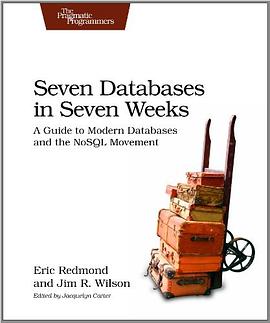Seven Databases in Seven Weeks
内容简介
Redis, Neo4J, Couch, Mongo, HBase, Riak and Postgres. With each database, you'll tackle a real-world data problem that highlights the concepts and features that make it shine. You'll explore the five data models employed by these databases-relational, key/value, columnar, document and graph-and which kinds of problems are best suited to each. You'll learn how MongoDB and CouchDB-both JavaScript powered, document oriented datastores-are strikingly different. Learn about the Dynamo heritage at the heart of Riak and Cassandra. Understand MapReduce and how to use it to solve Big Data problems. Build clusters of servers using scalable services like Amazon's Elastic Compute Cloud (EC2). Discover the CAP theorem and its implications for your distributed data. Understand the tradeoffs between consistency and availability, and when you can use them to your advantage. Use multiple databases in concert to create a platform that's more than the sum of its parts, or find one that meets all your needs at once. Seven Databases in Seven Weeks will give you a broad understanding of the databases, their strengths and weaknesses, and how to choose the ones that fit your needs. What You Need: To get the most of of this book you'll have to follow along, and that means you'll need a *nix shell (Mac OSX or Linux preferred, Windows users will need Cygwin), and Java 6 (or greater) and Ruby 1.8.7 (or greater). Each chapter will list the downloads required for that database.
......(更多)
作者简介
......(更多)
目录
......(更多)
读书文摘
It is not possible to create a distributed database that is fully consistent, available, and partition tolerant.
......(更多)






